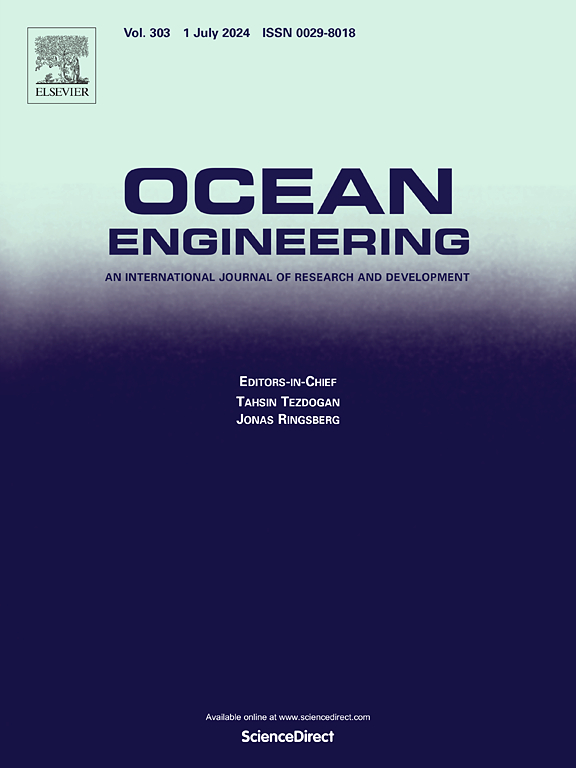在早期设计阶段利用 STPA 对混合动力和推进系统进行危险识别和比较
IF 4.6
2区 工程技术
Q1 ENGINEERING, CIVIL
引用次数: 0
摘要
航运业的去碳化是一个热门话题,世界各地的新减排目标、法规和倡议都强调了其重要性。这些目标既适用于远洋船队,也适用于沿海航运和渔业。学术界和工业界都致力于开发和测试新技术,以实现减排目标。在此过程中,除了技术可行性和经济可行性外,还必须考虑新动力和推进系统的安全性。本文采用系统理论过程分析(STPA)方法,对两套可供选择的混合动力和推进系统进行危险识别和比较。这种评估方法可以系统地确定减少危害的重点领域。在设计动力和推进系统时,可考虑评估得出的系统安全要求。根据评估结果,对评估方法和评估结果的实用性进行了讨论。主要结论是,该评估以定性的方式对新型动力和推进系统带来的危险提供了有价值的见解。要量化风险,还需要进一步的工作和扩展评估。STPA 的结果表明,特别是对动力源的控制及其与用户方的内部和外部互动至关重要。因此,应特别关注自动控制系统、反馈系统和用户与系统交互的设计。本文章由计算机程序翻译,如有差异,请以英文原文为准。
Using STPA for hazard identification and comparison of hybrid power and propulsion systems at an early design stage
The decarbonization of the shipping industry is a hot topic and new emission reduction goals, regulations, and initiatives all over the world underline its importance. These goals apply to the ocean going fleet, as well as coastal shipping and fisheries. Both academia and industry, work on the development and testing of new technologies to reach emission reduction targets. Besides technical feasibility and economic viability, the safety of new power and propulsion systems must be considered in this process. In this paper, the Systems Theoretic Process Analysis (STPA) method is used for hazard identification and comparison of two alternative hybrid power and propulsion systems for a small-scall fishing vessel. The assessment method allows for identifying focus areas for hazard reduction in a systematic manner. System safety requirements derived from the assessment can be considered when designing power and propulsion systems. Based on the results, a discussion of the method and the usefulness of the results is given. The main findings are that the assessment provides valuable insights into the hazards introduced by new power and propulsion systems in a qualitative manner. For a quantification of the risk, further work and an extension of the assessment are needed. The STPA results show that especially the control of the power sources and their interactions internally and externally with the consumer side are crucial. Therefore, special attention should be given to the design of the automated control system, feedback system, and user interaction with the system.
求助全文
通过发布文献求助,成功后即可免费获取论文全文。
去求助
来源期刊

Ocean Engineering
工程技术-工程:大洋
CiteScore
7.30
自引率
34.00%
发文量
2379
审稿时长
8.1 months
期刊介绍:
Ocean Engineering provides a medium for the publication of original research and development work in the field of ocean engineering. Ocean Engineering seeks papers in the following topics.
 求助内容:
求助内容: 应助结果提醒方式:
应助结果提醒方式:


